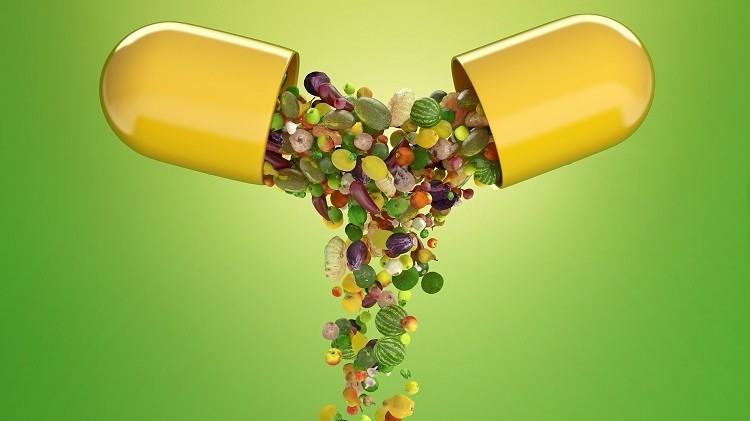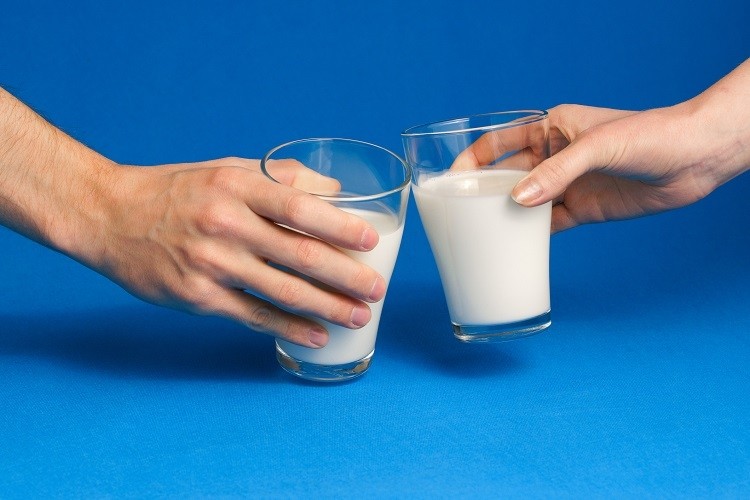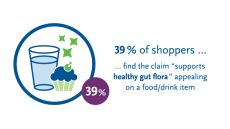DSM on tackling vitamin D deficiency with food: ‘Policy can improve intake’

Europeans consume sufficient macronutrients fat, protein, and carbohydrates. Micronutrient intake, on the other hand, is lagging.
How can governments address these micronutrient gaps? Maaike Bruins, lead scientist at DSM Nutritional Products, is advocating for fortification policies to help move the needle.
Vitamin and mineral deficiencies
“Vitamins and minerals play an important role in all our body organs and functions,” said Bruins at a recent European Food Forum (EFF) event. “They are important for immunity, the brain, for gut health, heart health, and so on.”
Essential minerals include calcium, iron, magnesium, potassium, and zinc. Some of the best known essential vitamins including vitamins A, D, E, C, and B12.
When vitamin or mineral intakes are low, invisible changes such as changes in biomarkers in the blood, or subclinical signs such as fatigue, can occur. “This is why we sometimes talk about hidden hunger, since the symptoms may not be visible,” the lead scientist explained.
Across Europe, and notably in Denmark, the Czech Republic, Italy, and France, at least three vitamins are considered ‘vitamins of concern’: vitamin C, B12, and the vitamin most associated with the COVID-19 pandemic – vitamin D.
Indeed, a recent report from the European Food Safety Authority (EFSA) suggests that vitamin D status is too low in the majority of European countries, with vitamin D status being determined not only by diet, but also by a large extent by the sun we are exposed to.
“The EFSA Panel also highlighted that no more than 5% of people in Europe meet the dietary intake recommendations,” Bruins told delegates.
Northern Europe and the Netherlands
Vitamin D status is particularly poor in some countries. A review of all published data on vitamin D status in northern European countries, for example, revealed dire findings.
In this geography, citizens are receiving too little from sun exposure and from dietary intake. The majority of the countries have mean levels around insufficiency of 50 nmol/L, which is a level below which the risk of bone problems increases, we were told.

Throwing the spotlight on DSM’s native country, the Netherlands, reveals similarly problematic results.
The Dutch National Food Consumption Survey, conducted between 2012 and 2016, showed that vitamin D levels are ‘extremely low’ from the base diet.
Specifically, 0.8% of the Dutch population had adequate intake of vitamin D from the base diet, 1% had adequate intake from the base diet and fortified foods, 9% has adequate intake from the base diet, fortified foods and food supplements, and 89% of the population did not meet adequate intake of vitamin D from any source.
The survey concluded that food supplements help the Dutch to meet their vitamin D requirements, with findings suggesting policy addressing food fortification could also contribute to increased intake.
“Policy is needed,” stressed Bruins, “as was also concluded by the recent EFSA report.”
Success in Finland
Amongst the countries that acknowledge they ‘have a problem’ with vitamin D intake is Finland.
“Finland may be a good example that sees the urgency of addressing vitamin D in their country, particularly because they are situation in a very northern part of Europe,” explained the lead scientist.
To address insufficient vitamin D levels in its population, the Finnish government recommends the food industry fortify fluid milk products and fat spreads with vitamin D.
The Finnish government also recommends the population eat fish at least three times per week, and take vitamin D supplements.
The vitamin D programme was instigated in 2000, and a study conducted by researchers analysing vitamin D levels between 2000 and 2011 revealed it has made an impact on micronutrient levels.
“The vitamin D status of the Finnish adult population has improved considerably during the time period studied,” noted the 2017 study published in The American Journal of Clinical Nutrition.
“This increase is mainly explained by food fortification, especially of fluid milk products, and augmented vitamin D supplement use.”
The study authors continued: “When consuming vitamin D sources based on the nutritional recommendations, vitamin D status is sufficient, and supplementation is generally not needed.”

At the EFF event, DSM’s Bruins stressed the research revealed those ‘severely deficient’ were benefiting from the government’s vitamin D recommendations.
However, looking more broadly, voluntary fortification in the market is ‘very low’, with just a ‘small percentage’ of food and drink product being voluntarily fortified with vitamins and minerals.
There is much to gain if ‘real problem nutrients’ are targeted, and businesses incentivised to fortify their goods, she continued. “In the US, you see manufacturers fortify with public health problem nutrients like vitamin D. They are incentivised because they can put it on their packaging.”
Bruins concluded: “Fortification of foods helps to address micronutrient gaps, and you can see that policy can improve the intake of problem nutrients, as exemplified by vitamin D in Finland.”
Source: The American Journal of Clinical Nutrition
‘The positive impact of general vitamin D food fortification policy on vitamin D status in a representative adult Finnish population: evidence from an 11-y follow-up based on standardized 25-hydroxyvitamin D data’
Published May 10 2017
DOI: 10.3945/ajcn.116.151415
T. Jääskeläinen, ST. Itkonen, A. Lundqvist, M. Erkkola, T. Koskela et al.























